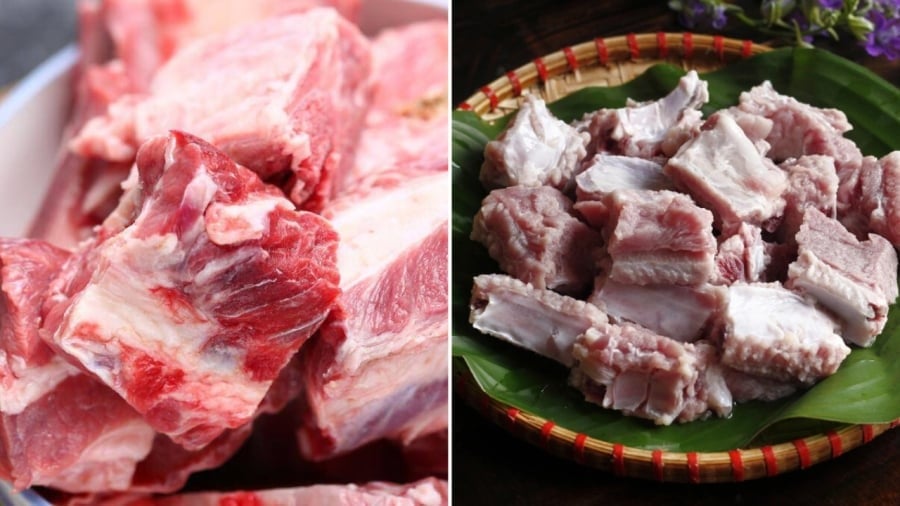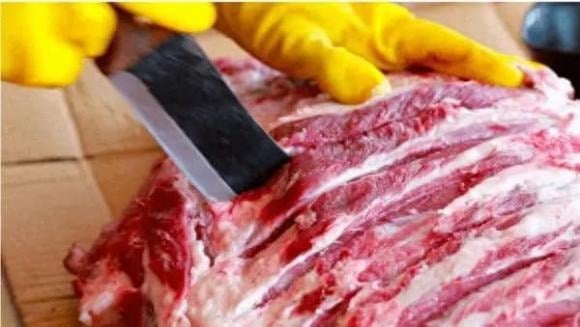1. Higher Cost
At first glance, ribs may appear to be mostly bone, with little meat. But in reality, bones are more valuable than you think. Many people believe that bones serve no purpose beyond the small amount of meat attached to them. However, those who are culinary connoisseurs know that bones are the secret to delicious stews, adding sweetness and depth of flavor to the broth.
In Vietnamese cuisine, ribs are not just grilled or braised, but they are also an essential ingredient in many soups and stews. Famous dishes such as grilled ribs, braised ribs, sweet and sour ribs, and rib soup are all mouth-watering and sure to impress.

2. Superior Nutritional Value
Even though they come from the same pig, ribs offer superior nutritional value compared to lean meat. In addition to protein, fat, and vitamins, pork ribs provide calcium phosphate, collagen, and natural mucous from the bones—all of which are beneficial for bone health and overall wellness.
3. Superior Taste
It’s hard to deny that pork ribs have a more appealing flavor and are juicier than lean meat. The balance of meat and fat, along with the bones, creates a delicate aroma and a subtle richness, resulting in a superb culinary experience. Hence, it’s no surprise that ribs are often referred to as the “boneless meat” of choice for those who crave that unique rib flavor.
4. Different Market Demands
Typically, households don’t buy as many ribs as they do lean meat. From a seller’s perspective, if the ribs aren’t sold by the end of the day, the cost of preservation and repurposing is significantly lower. Therefore, rib prices are often adjusted based on customer psychology—a slight increase in price won’t deter those who are willing to pay.

As the saying goes, “Those who know their food choose meat on the bone.” In reality, ribs can be further categorized, and each cut has its unique flavor and price. A typical rack of ribs can be divided into three main parts: front ribs, middle ribs, and back ribs.
The front ribs, located near the pig’s neck, have brittle bones with less meat but a higher proportion of fat, resulting in natural tenderness and sweetness. You can identify this cut by its long, flat, and distinctively deep red-colored bones.
The middle ribs, the most popular and easily recognizable part, are located near the pig’s belly. This section has a perfect balance of fat and lean meat, resulting in superior flavor and aroma. Consequently, middle ribs are usually the first to sell out.
Back ribs, located near the tail, contain more meat, which is predominantly lean. While they may lack the aroma of the middle ribs, they are still excellent for long simmering, resulting in tender marrow and a nutritious dish that rivals any other cut.






























